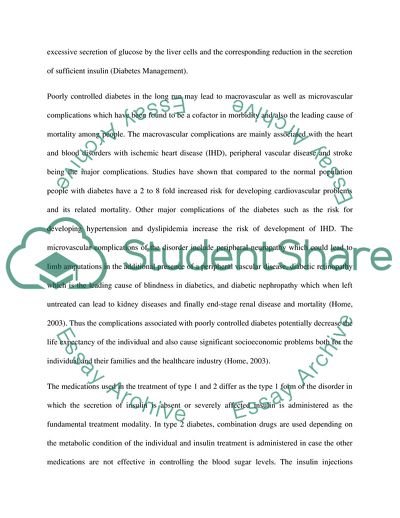Cite this document
(Diabetes Management Report Example | Topics and Well Written Essays - 1500 words, n.d.)
Diabetes Management Report Example | Topics and Well Written Essays - 1500 words. https://studentshare.org/health-sciences-medicine/1754884-diabetes-mellitus
Diabetes Management Report Example | Topics and Well Written Essays - 1500 words. https://studentshare.org/health-sciences-medicine/1754884-diabetes-mellitus
(Diabetes Management Report Example | Topics and Well Written Essays - 1500 Words)
Diabetes Management Report Example | Topics and Well Written Essays - 1500 Words. https://studentshare.org/health-sciences-medicine/1754884-diabetes-mellitus.
Diabetes Management Report Example | Topics and Well Written Essays - 1500 Words. https://studentshare.org/health-sciences-medicine/1754884-diabetes-mellitus.
“Diabetes Management Report Example | Topics and Well Written Essays - 1500 Words”. https://studentshare.org/health-sciences-medicine/1754884-diabetes-mellitus.


